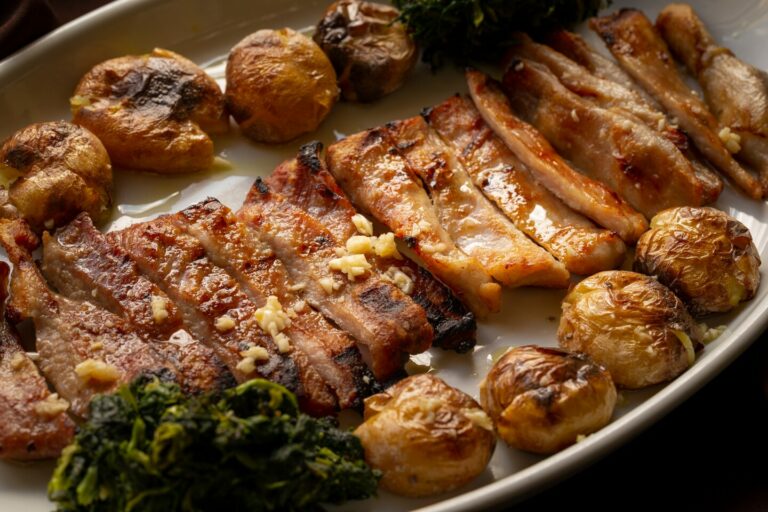Introduction: The Influence of Geography and History on Portuguese Cuisine
Portuguese cuisine is a rich and varied culinary tradition that has been shaped by the country’s geographical location and historical context. Situated on the western edge of Europe, Portugal has a long history of maritime exploration and trade, which has brought with it a diverse range of cultural influences and culinary traditions. From the Mediterranean to the Atlantic, Portuguese cuisine reflects the country’s unique blend of flavors, ingredients, and cooking techniques.
The Impact of Portugal’s Location on Its Traditional Dishes
Portugal’s coastal location has had a significant impact on its traditional dishes. Seafood is a staple in Portuguese cuisine, with fresh fish, shellfish, and octopus featuring heavily in many dishes. The country’s proximity to North Africa has also influenced its cuisine, with spices such as cinnamon, saffron, and paprika commonly used in Portuguese dishes. In addition, Portugal’s climate and terrain have contributed to the country’s agricultural traditions, with olive oil, vineyards, and cork forests playing a significant role in the country’s culinary landscape.
The Historical Context of Conquests and Trade Routes in Portuguese Cuisine
Portugal’s colonial history has also left its mark on the country’s cuisine. The Portuguese established trading posts and colonies in Africa, Asia, and the Americas, bringing back new ingredients and culinary techniques that helped to shape Portuguese cuisine. For example, the introduction of chili peppers from the Americas in the 16th century revolutionized Portuguese cuisine, leading to the creation of popular dishes such as piri-piri chicken.
The Influence of Colonization and Immigration on Portuguese Cuisine
In addition to colonization, immigration has also played a significant role in shaping Portuguese cuisine. The influx of immigrants from former Portuguese colonies such as Angola, Mozambique, and Brazil has introduced new ingredients and cooking techniques to Portuguese cuisine, creating a fusion of flavors and styles. For example, the popular dish feijoada, a stew of beans and pork, is thought to have originated in Brazil but has become a staple in Portuguese cuisine.
The Role of Religion and Festivals in Shaping Portuguese Culinary Traditions
Religion and festivals have also played a role in shaping Portuguese culinary traditions. The country’s Catholic heritage has influenced the cuisine, with dishes such as bacalhau (salt cod) traditionally eaten on Fridays when meat is prohibited. Festivals such as Carnival and the Feast of Saint Anthony also have their own culinary traditions, with street food such as sardines and grilled meat a common sight during these celebrations.
Conclusion: The Rich Legacy of Portuguese Cuisine, Shaped by Geography and History
In conclusion, Portuguese cuisine is a rich blend of flavors, ingredients, and culinary traditions that has been shaped by the country’s geographical location and historical context. From its coastal location and colonial history to the influence of immigration and religion, Portuguese cuisine reflects the country’s unique blend of cultural influences and culinary traditions. Whether you’re enjoying fresh seafood on the coast or savoring the flavors of a traditional stew, Portuguese cuisine is a testament to the country’s rich culinary legacy.

